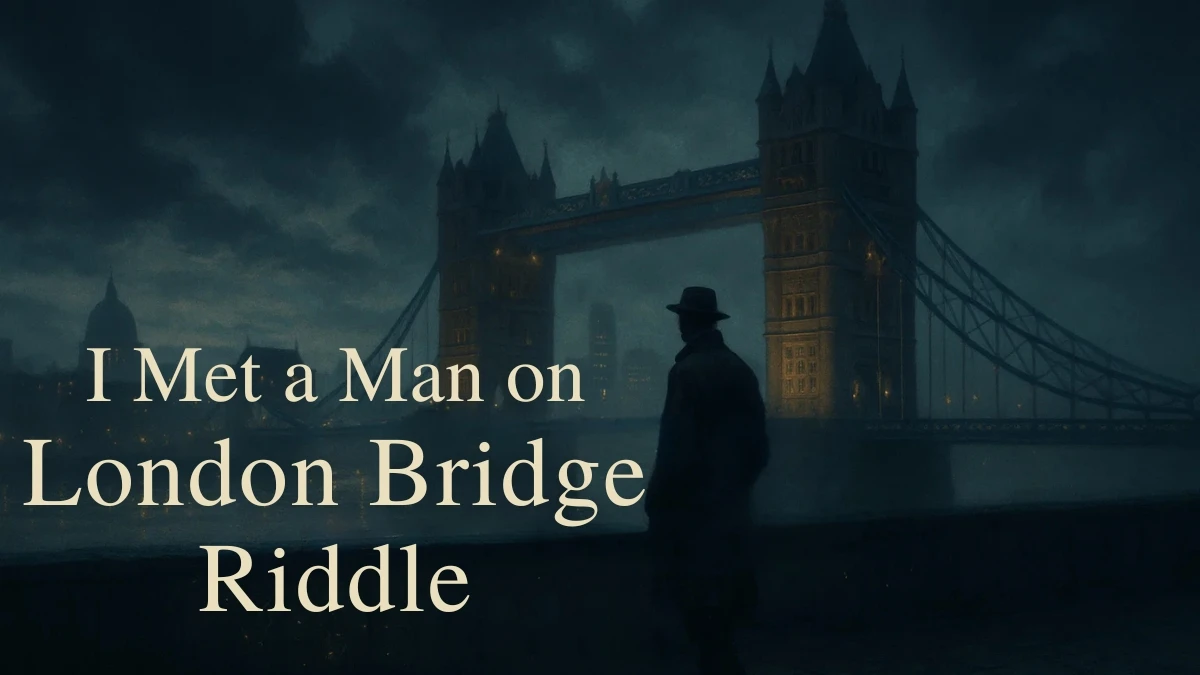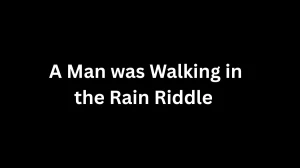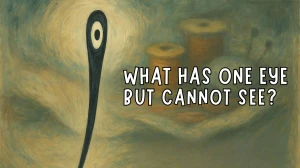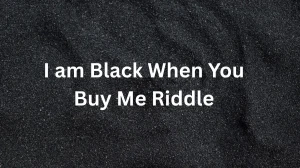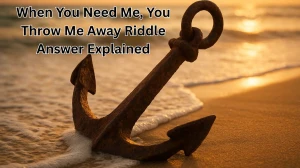The "I Met a Man on London Bridge" Riddle: Answer and Explanation
The riddle "I met a man on London Bridge" is a classic word puzzle that has intrigued and stumped people for generations. Its clever use of language and ambiguity makes it a favorite among riddle enthusiasts. In this article, we’ll reveal the answer, explain the logic behind it, and explore why it continues to captivate audiences.
The Riddle
Here’s a common version of the riddle:
"I met a man on London Bridge. He tipped his hat and drew his name. In this riddle, I told you his name. What is it?"
The Answer
The answer to the riddle is Andrew.
Explanation
Let’s break down the riddle:
-
“He tipped his hat and drew his name.”
-
When spoken aloud, “and drew his name” sounds like “Andrew is name.”
-
The clever play on words means that the man’s name is Andrew.
How the Riddle Works
The riddle relies on homophones—words that sound alike but have different meanings or spellings.
-
“And drew” is pronounced the same as “Andrew,” making it a hidden answer within the sentence.
-
The phrase “I told you his name” is a hint that the answer is embedded in the riddle itself.
Why This Riddle Is Popular
-
Wordplay: It uses sound-alike words to disguise the answer.
-
Simplicity: The riddle is short and easy to remember.
-
Aha! Moment: The realization of the answer provides satisfaction and surprise.
Variations
There are several versions of this riddle, sometimes using different names or settings, but the principle remains the same: the answer is hidden in the phrasing of the riddle.
Fun Fact
Riddles like this are often used in classrooms and social gatherings to encourage lateral thinking and listening skills. They demonstrate how language can be playful and deceptive in a harmless, entertaining way.

